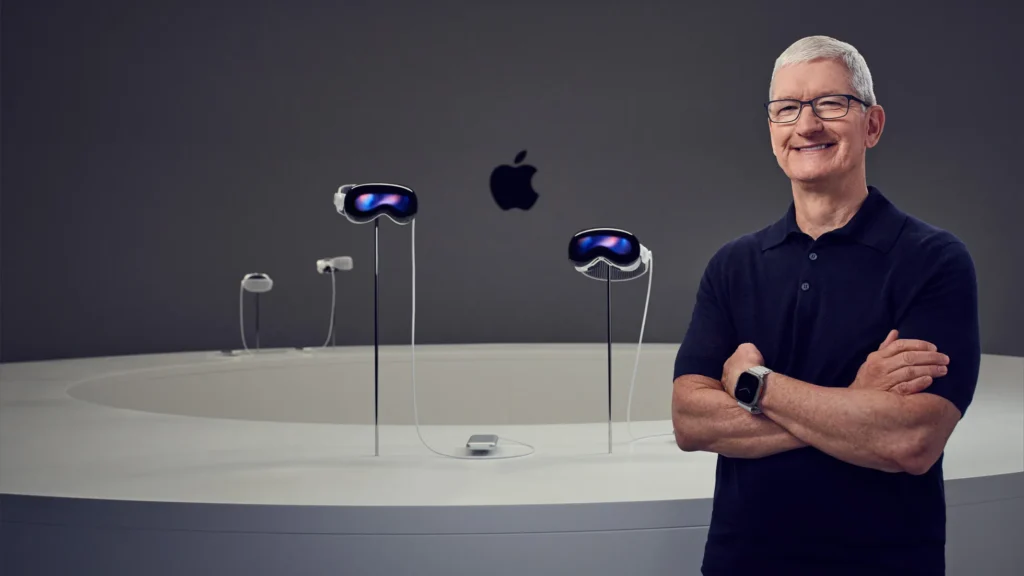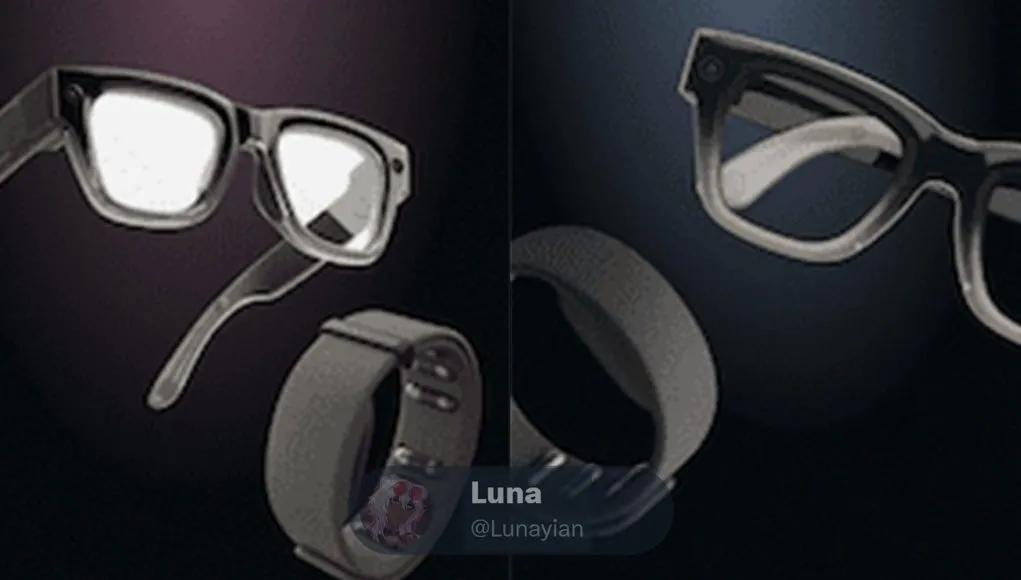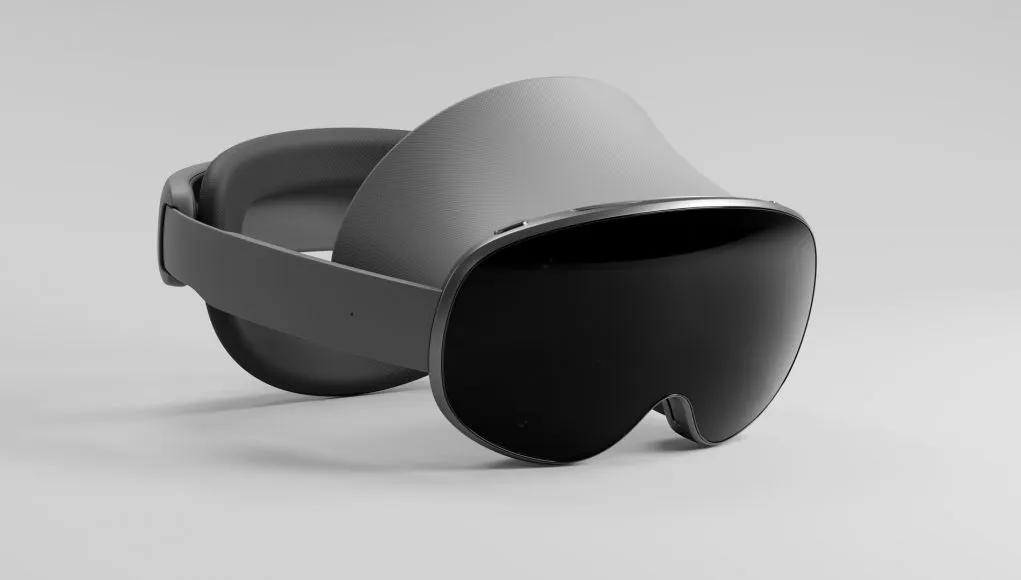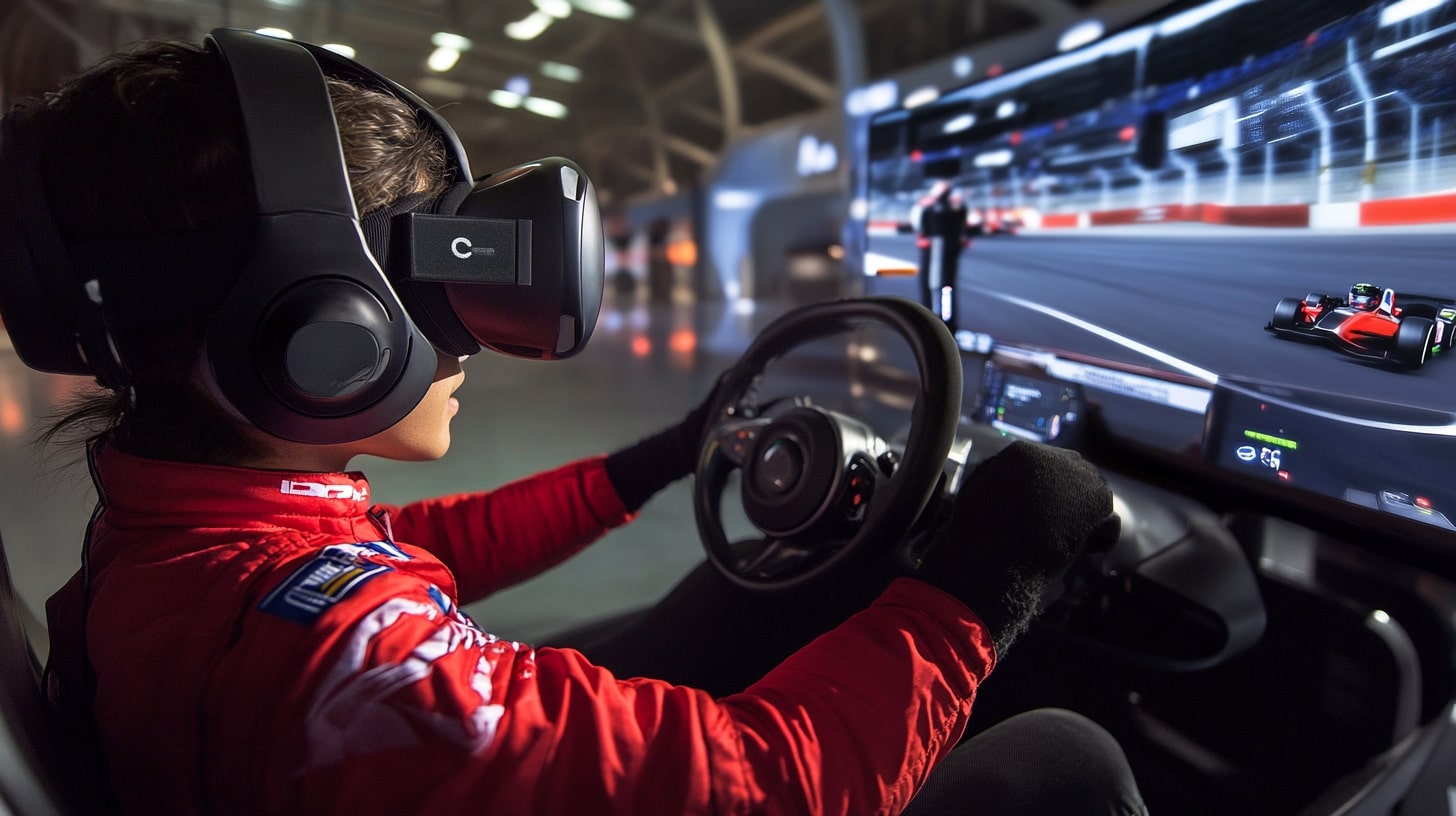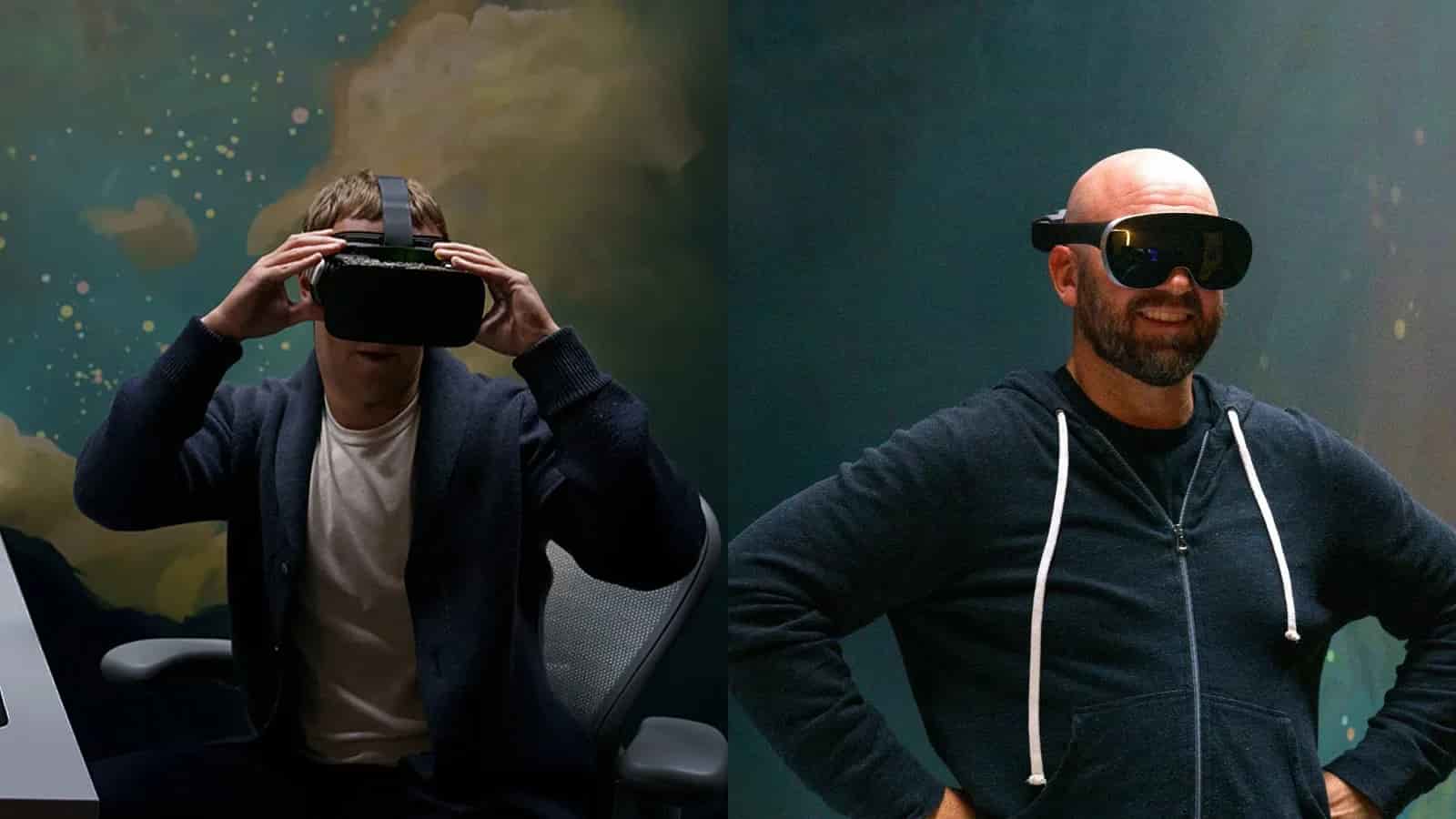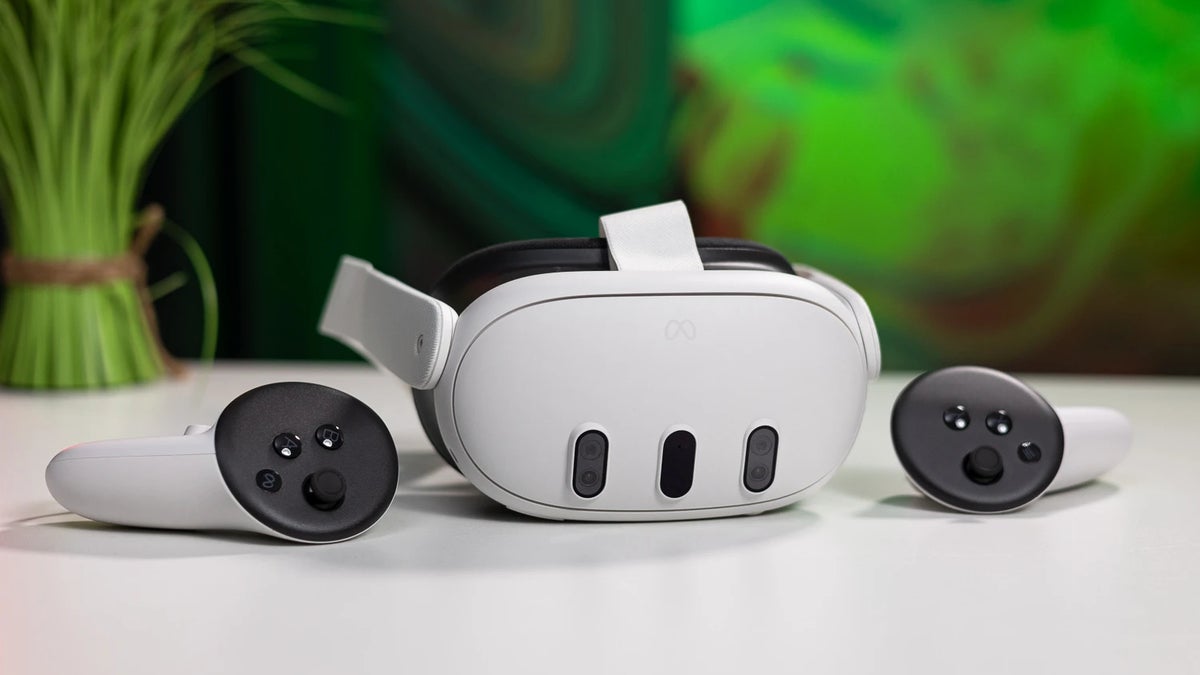Now Reading: Snap’s Consumer AR Glasses: Are We Finally Getting Spectacles Worth Wearing?
1
-
01
Snap’s Consumer AR Glasses: Are We Finally Getting Spectacles Worth Wearing?
Snap’s Consumer AR Glasses: Are We Finally Getting Spectacles Worth Wearing?

Previous Post
Next Post
Loading Next Post...




